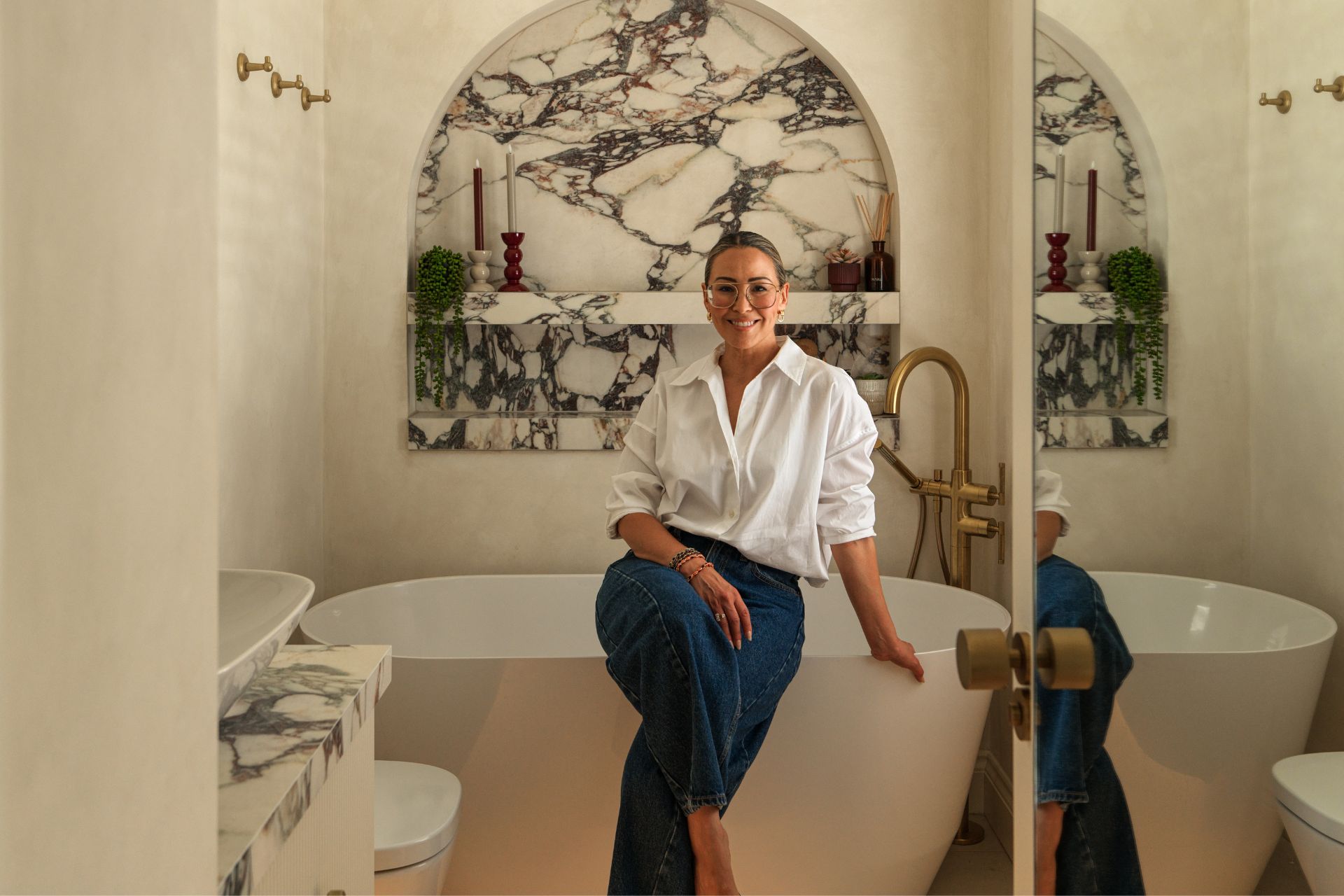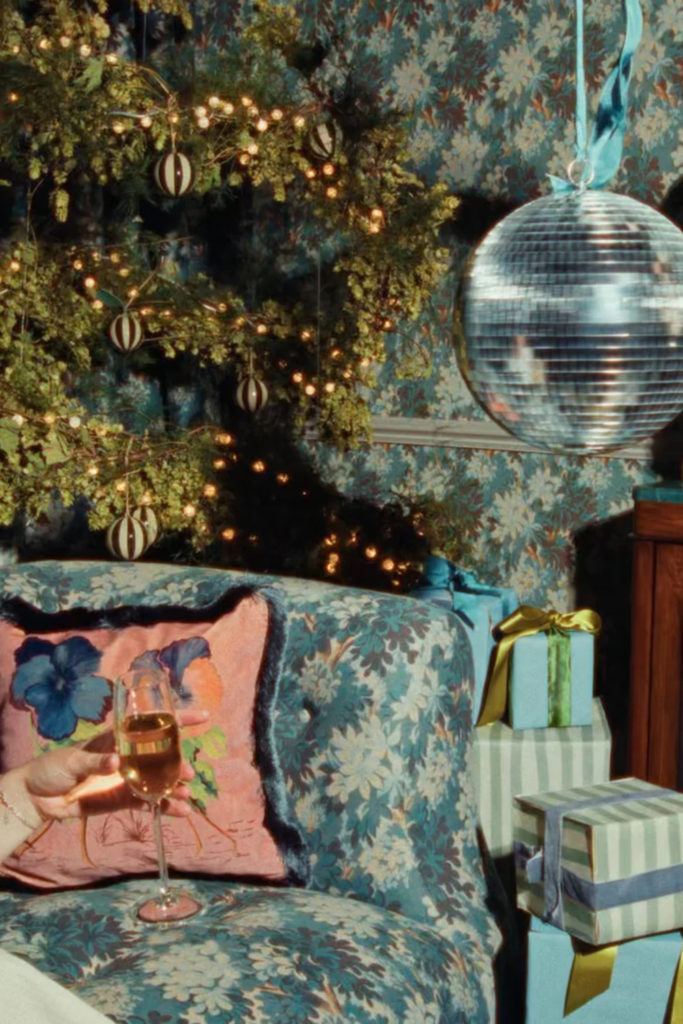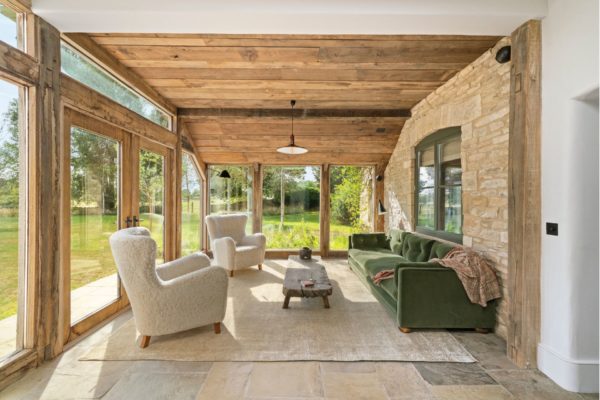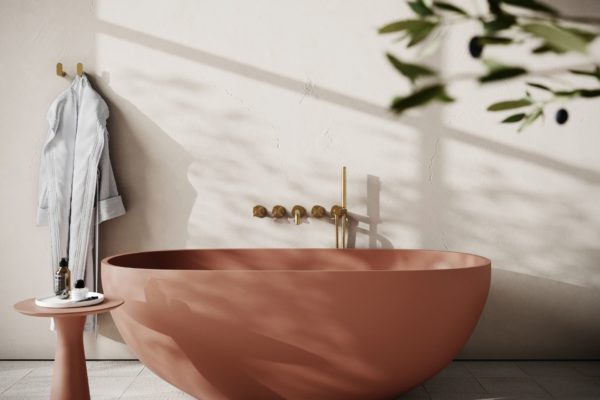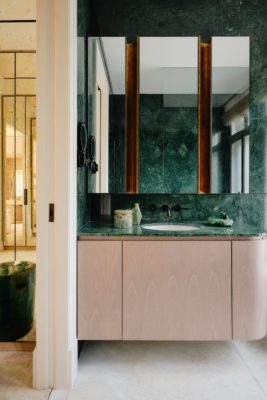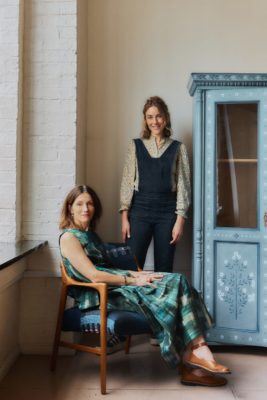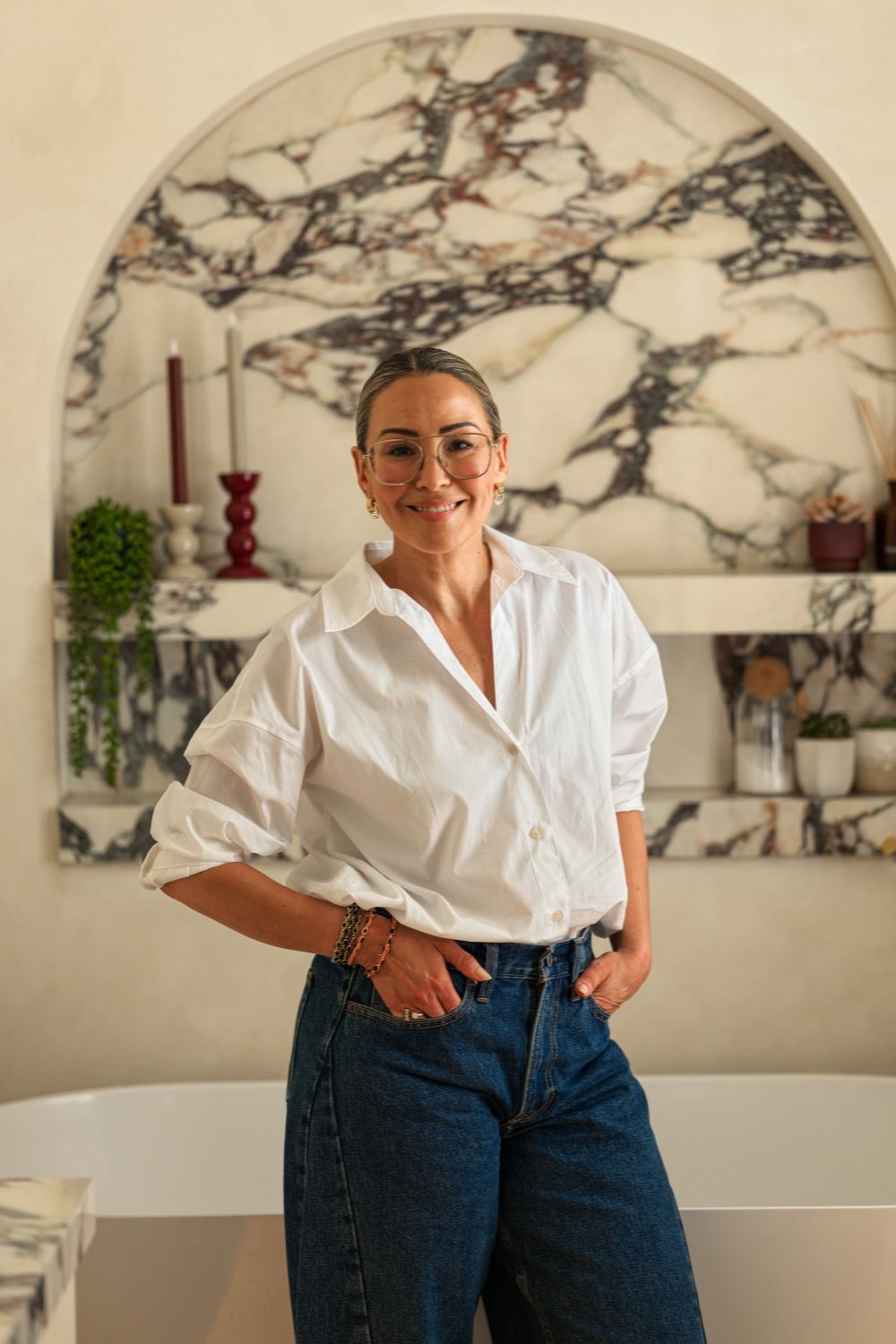
The Designer Behind S Club 7 Star Rachel Stevens’ New Bathroom Shares Her Secrets
By
3 months ago
Reach for the stars with this new bathroom inspiration
News flash: S Club 7’s Rachel Stevens has a new bathroom. Designed by the team at Ripples, it certainly is a bathroom fit for a star. But how do you get the look? We chatted to Ripples senior designer Jo to discover her interior design secrets.
How Ripples Created Rachel Steven’s Dreamy Bathroom
Were you daunted by the prospect of creating a bathroom for Rachel Stevens?
Rachel Stevens is definitely the biggest star I’ve personally designed for. I was – and still am – a huge S Club 7 fan. They were such a big part of my childhood music and TV experience as a ’90s baby. I even used to dream about joining the band… Not that I can sing, dance or act! If you’d told 10-year-old me that one day I’d be designing Rachel Stevens’ bathroom, I’d never have believed it.
I love the custom wall arch and the dramatic veined marble. What was the inspiration behind it?
Because this is quite a small bathroom, we knew right away that we needed a focal point at the end of the room behind the bath. We explored a few different options during the design process, and this was the one we all felt worked best.
What’s your secret to creating an ambient lighting design in bathrooms?
The first step is to consider who will be using the bathroom and how they want to use it. Is it primarily a functional space, or a retreat to relax in at the end of the day? That really informs how it should be lit. I love incorporating lower-level lighting under vanity units and shelving, combined with wall lights with diffused shades – frosted or fluted – to soften the glow.
In this space, we opted for a feature central light instead of downlights, as we didn’t need strong overhead lighting. Using different switches so lights can be controlled independently is key, and I always recommend adding dimmers where possible, especially for ceiling downlights.
We’ve been seeing more fluted cabinets in bathroom designs recently. Why did you decide to incorporate the look?
Texture is so important in a bathroom. It doesn’t have to come from fluted furniture, but in this case – with the limited palette – it felt like the logical choice. It adds just the right amount of interest, and paired with the textured brassware, handles, and lights, it really ties the space together. We kept the fluted furniture in a painted finish, which ensures the style and texture stand out without making the vanity unit feel too bulky.
How did you settle on the minimalist colour palette?
The colour palette was influenced by Rachel’s dressing room, which had already been designed. We made some subtle changes and introduced the marble feature wall, which became the main focal point. When creating a neutral bathroom, texture and tile choice are key. Many tile ranges now come in textured finishes or alternative shapes in the same colourway, which allows you to add visual interest and layers of texture without introducing more colours or materials.
Designers often talk about matching timeless elegance with modern edge, which this design is a lovely example of. What does this mean to you?
For me, the key is using classic finishes and colours. Marble for example has always been around and is a truly timeless material that will stand the test of time. Arches are another classic architectural element that have been around since Roman times. They’re very on-trend right now, but they still feel natural and enduring. I love to pair these timeless features with more contemporary touches like fluted furniture, beautiful brass fittings, and textured pieces such as the brassware to give the design that modern edge.
What are your top tips for creating the perfect sanctuary?
The best way to create a tranquil space is to keep the colour palette limited. That doesn’t mean you can’t introduce tonal or textural differences, but a restrained palette ensures the space flows and feels cohesive. Choose a feature – in this case, the marble – and let it sing. Another tip is to avoid harsh, angular lines. Softer shapes and curved details make the space feel calmer and more restful.
Find out more at ripplesbathrooms.com

